
There is a noticeable change in the American retail landscape: recognizable storefronts that were once packed with Saturday shoppers now stand vacant. Signs are muted, and parking lots are empty. Have you noticed?
Behind the closed doors, a retail revolution is coming. A speedy, no-nonsense supermarket chain gradually claims these vacant spaces, reinventing what “value” means for millions of families.
It’s a story of something greater than just groceries; it’s a period of adjustment, the relentless search for a better deal, and ultimately survival. But who is behind this retail revolution, and what does it mean for the neighborhoods it now calls home?
Why This Matters to Every American Shopper

The fate of all the gutted stores littering the U.S. states isn’t just a local concern; it’s a trend seen on a national level. This retail reshuffling is a seismic shift with implications that resonate across the country.
With the inflation rate still squeezing the family budget, Americans expect more from every dollar spent. Consumers will now determine the success of the retail industry through their shopping behaviors.
In this retail climate, a new retail chain is attempting to redefine the grocery shopping playbook, overturning previously popular giants, and providing a different kind of access and a new shopping experience.
Nostalgia and Uncertainty
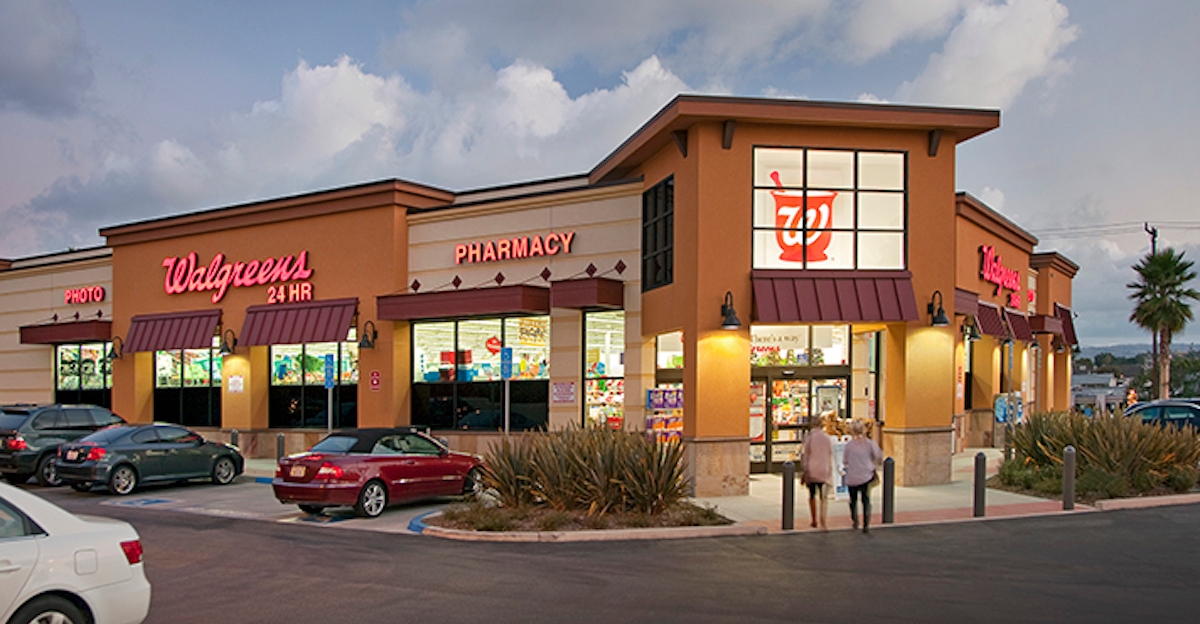
As retail giants such as Family Dollar, Big Lots, CVS, and Walgreens close their doors nationwide, the empty storefronts evoke a sense of loss—childhood chores, holiday shopping sprees, and neighborhood traditions are crumbling.
But there is also a glimmer of hope and curiosity. Social media is abuzz: Will something better replace it? TikToks have begun to venture into empty corridors, and Reddit threads debate the benefits and drawbacks of the new grocer coming in.
The emotional push is real: nostalgia for what is lost, concern about change, but also excitement for a new era of bargains and simplicity.
The Logic Behind the Moves: Why Now?
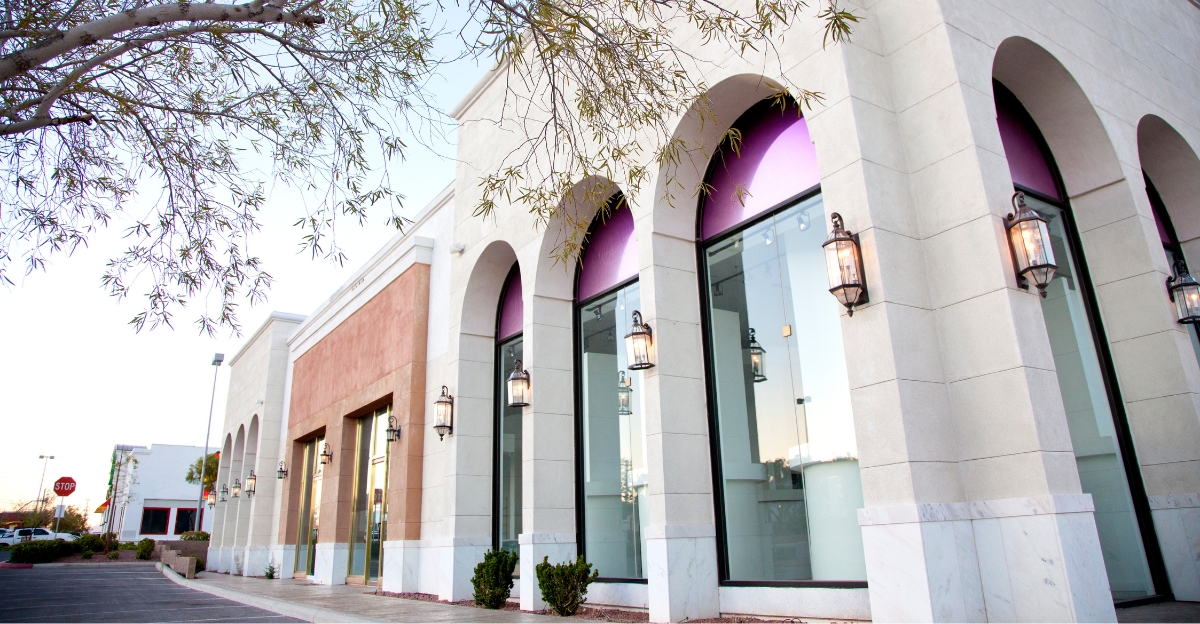
Despite this sense of loss and hope, you might wonder: Why are these changes happening? The answer lies in creating a perfect storm from economic headwinds and evolving consumer behaviors.
As legacy retailers fight rising costs and changing tastes, smaller competitors have found new opportunities in their wake. New entrants’ strategy is clear: move quickly, snag prime locations, and deliver what cash-strapped shoppers want—quality groceries at rock-bottom prices.
This is not simply opportunism; it’s a well-thought-out, measured response to an ever-changing retail environment that’s in a particularly turbulent era.
Aldi Acquires Big Lots’ Stores
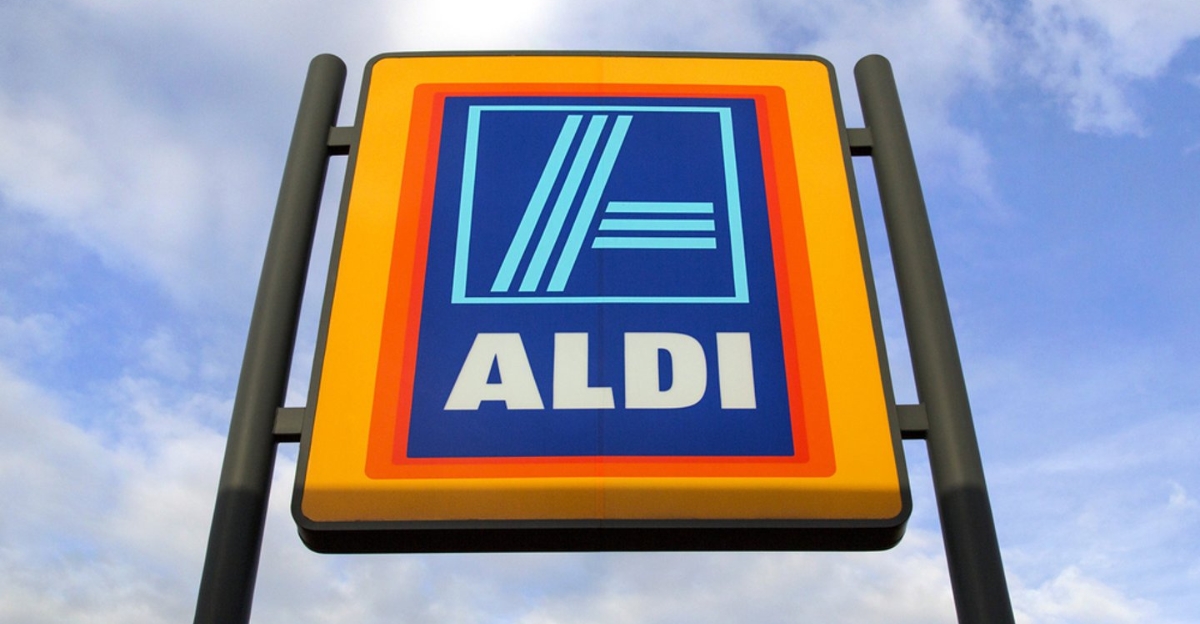
And the change we’ve been hinting at is Aldi, the German discount grocery powerhouse. The brand has acquired three former Big Lots locations after it filed for Chapter 11 bankruptcy in late 2024, a casualty of declining consumer spending and relentless inflation.
Over 460 Big Lots locations were offered to buyers nationwide. Aldi, known for its quick, no-nonsense approach, seized this rare opportunity and successfully acquired prime retail real estate in diverse markets.
The brand aims to convert retail casualties into fresh outposts in a $9 billion expansion plan to see 800 new stores by 2028. Therefore, this acquisition is more than a real estate transaction—it’s a strategic leap that marks a pivotal moment in its U.S. expansion.
What Big Lots Locations Were Acquired?
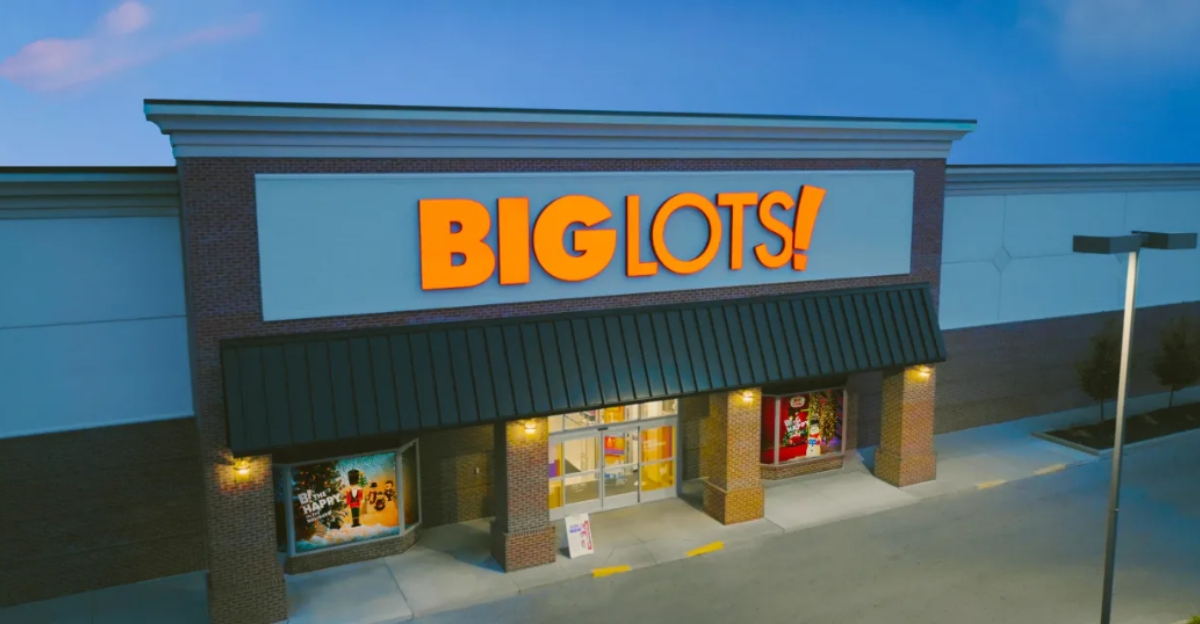
The deal, finalized in May 2025, includes stores in Denham Springs, Louisiana; Taylor, Michigan; and Nacogdoches, Texas. This move comes less than a year after Big Lots filed for Chapter 11 bankruptcy.
This type of acquisition is not new for the brand. Aldi is fresh off of turning nearly 400 Winn-Dixie and Harveys Supermarket stores and is now capitalizing on Big Lots’ ill fortune to expand its footprint in the South, Midwest, and Southwest.
Because the brand moves quickly, seizing opportunities for more real estate and bringing its low-cost, high-efficiency model to new communities, it has become America’s most rapidly expanding grocery chain.
What This Means for Your Community
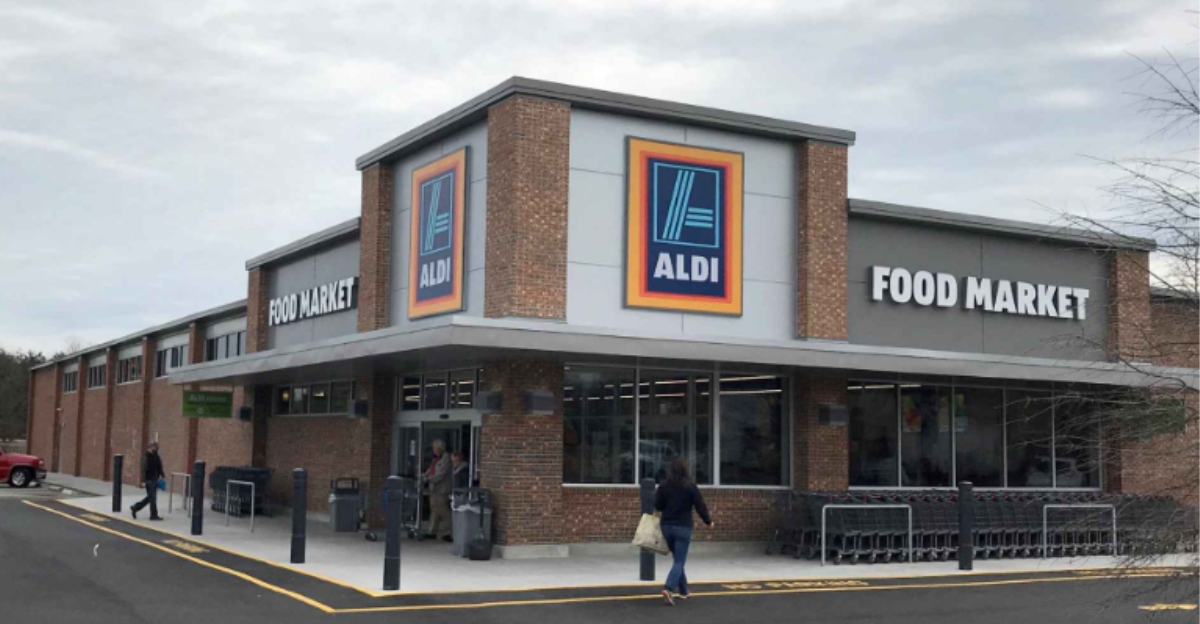
If you live in Louisiana, Michigan, or Texas, you’ll soon see the Aldi sign appear where Big Lots once stood. For these communities, the new presence is more than a new place to shop for groceries; it’s an opportunity to bring the area back to life.
Local shoppers can expect Aldi’s traditional blend of private-label products, streamlined aisles, and its notoriously low prices. For others, it’s a lifeline as new employment opportunities will likely follow.
For shoppers in these three states, the transformation promises not just new grocery options but a symbol of hope, community resilience, and renewal in the face of retail upheaval.
Workers, Shoppers, and New Beginnings
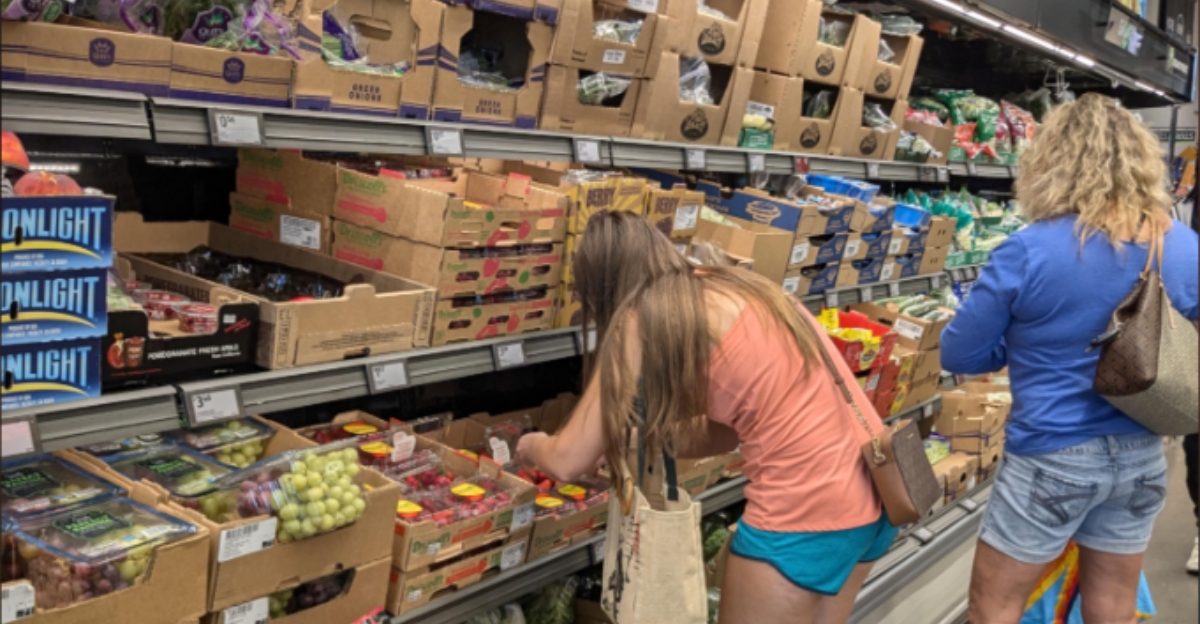
Behind every store closure and reopening are real people—employees facing uncertainty, families seeking affordable options, and entrepreneurs betting on a comeback.
Big Lots’ bankruptcy left thousands of employees in limbo, while Aldi’s arrival offers new job opportunities and a fresh start for some. However, shoppers will need to adapt to a new retail landscape quicker than expected, mourning the loss of a favorite haunt while simultaneously embracing Aldi’s presence.
The brand’s low prices and efficient stores have sparked excitement, with social media buzzing about the new openings. Therefore, the brand is already reshaping local economies, restoring jobs, and offering communities a new anchor for affordable groceries.
The Bigger Picture: Retail Darwinism in Action
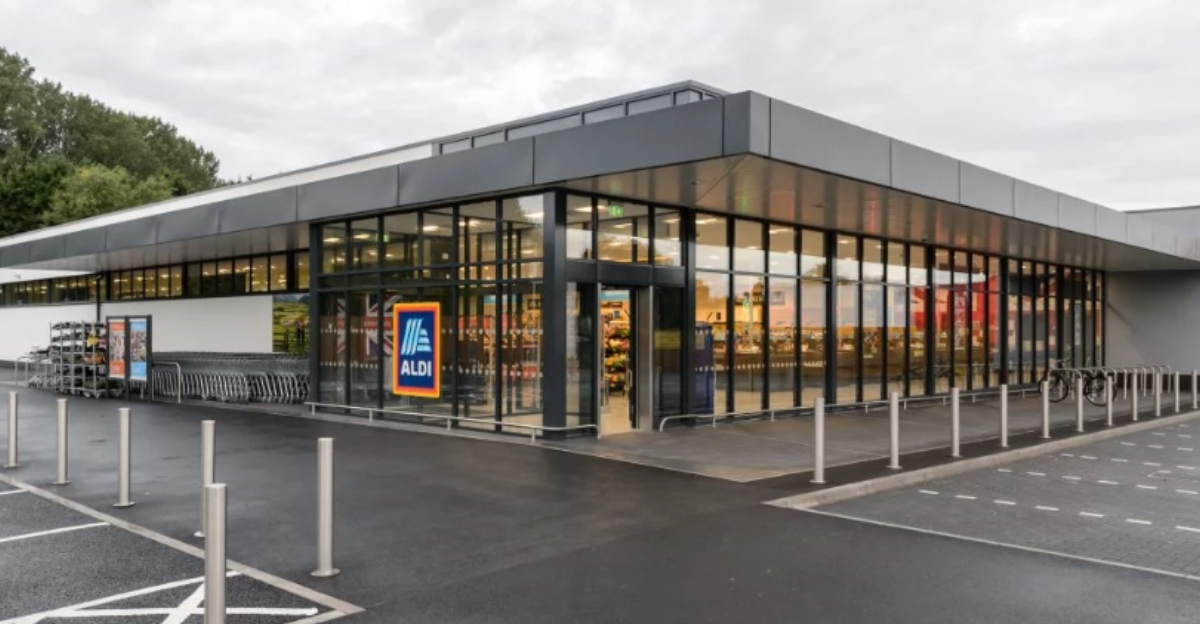
Aldi’s expansion isn’t happening in a vacuum. Across the country, other retailers—Ollie’s Bargain Outlet, Tractor Supply, and Burlington—are also snapping up Big Lots’ former sites.
This is retail Darwinism in real time, where only the most adaptable brands survive. The decline of traditional big-box chains is fueling a new wave of discount-driven, efficiency-focused players.
And Aldi is poised for success with its cost leadership model, fewer frills and more savings, which embodies the broader shift toward value and simplicity in a crowded, competitive market.
What’s Next? The Future of American Grocery Shopping
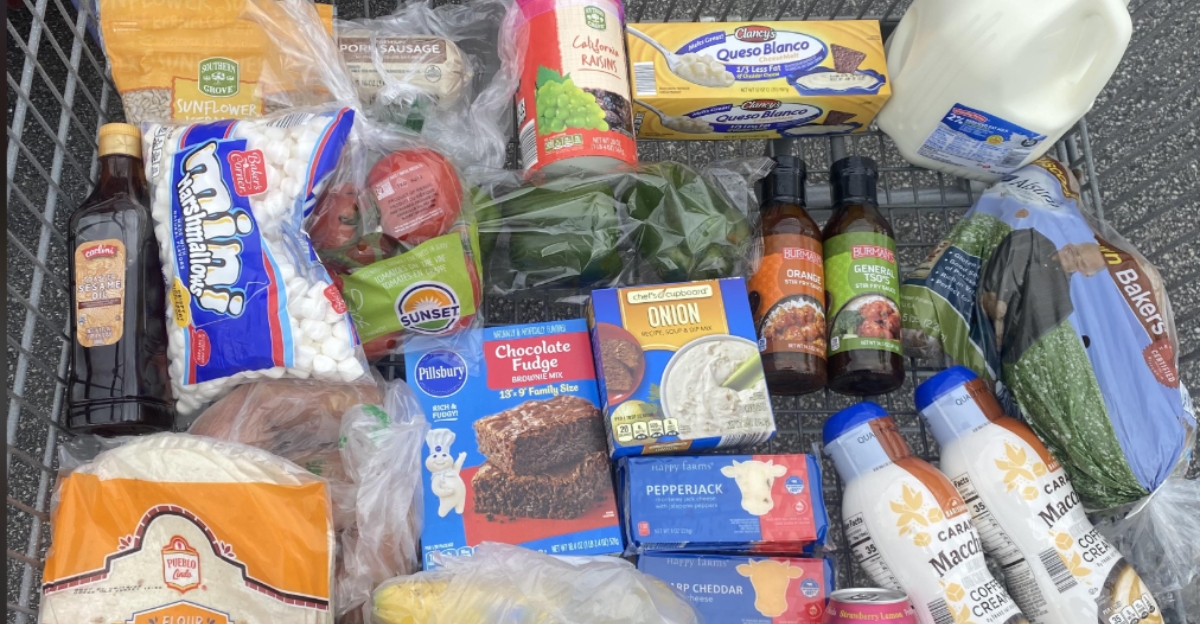
As Aldi pushes forward with plans to open 225 new stores in 2025 and aims for 800 more by 2028, the landscape of American grocery shopping is set for dramatic change.
Will other chains follow suit, or will Aldi’s model prove uniquely resilient? Industry insiders and frequent customers alike will watch closely the fate of these converted stores.
The next chapter may see more surprising collaborations, tech-driven innovations, or renewed focus on hyper-local services. However, it is ultimately one of resilience, where workers, shoppers, and neighborhoods adapt to change and find new opportunities amid upheaval.
Competition, Prices, and Community
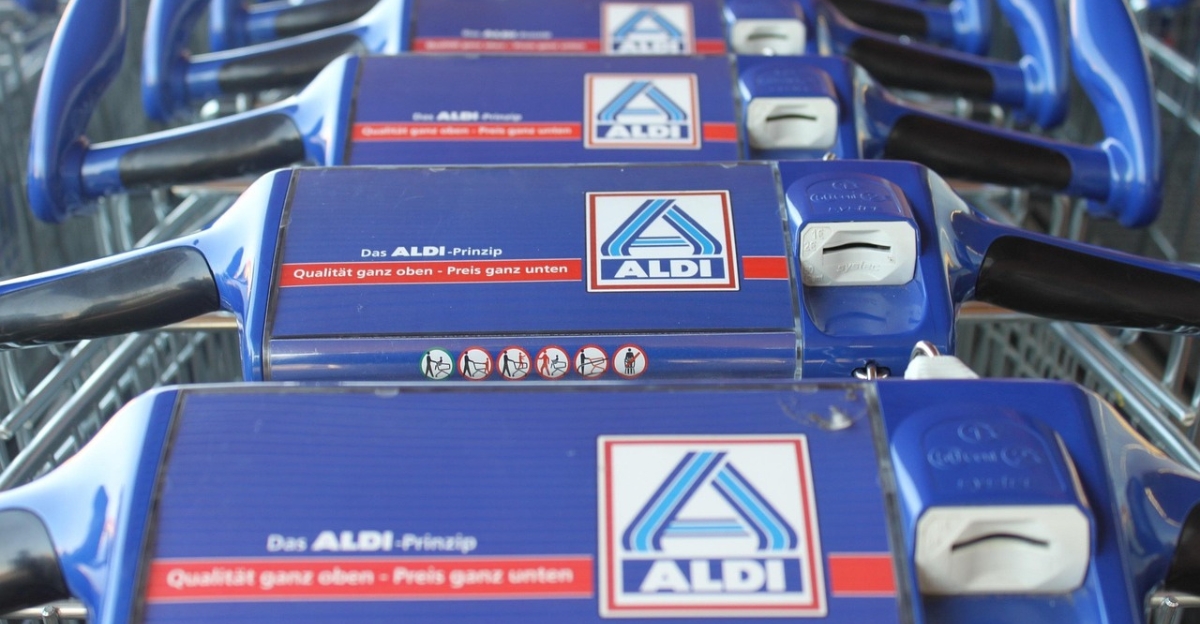
Aldi’s aggressive expansion will likely trigger ripple effects throughout the grocery sector. Competitors may be forced to lower prices, improve efficiency, or rethink their product ranges.
For communities, returning retail trade to vacant sites can boost local economies, create jobs, and restore a sense of normalcy. Increased foot traffic could see an increase in small businesses opening in and around the new stores, further boosting economic growth.
Yet, there’s also the risk of homogenization—will every town eventually look the same? The balance between efficiency and local character will be an interesting development going forward.
Innovation, Digital Disruption, and Beyond
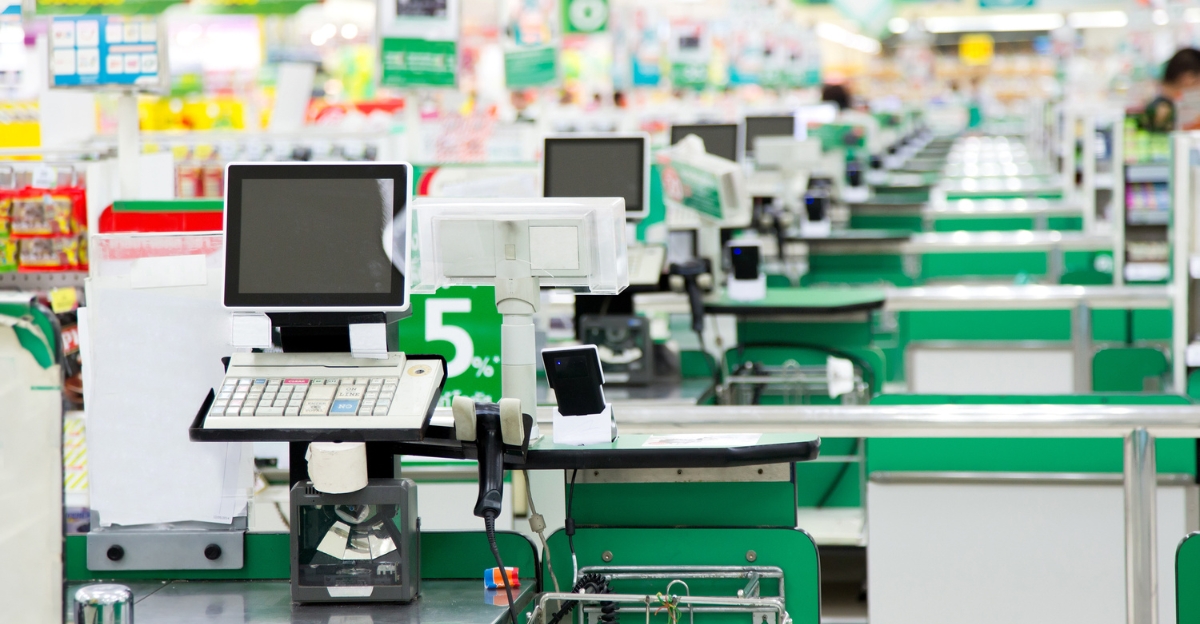
Looking further ahead, Aldi’s rise could accelerate broader trends: automation, digital grocery services, and a renewed focus on private-label brands.
As traditional supermarkets adapt or falter, consumers can expect to see more experiments with self-checkout, online ordering, and even AI-driven inventory management technologies.
Further, Aldi’s minimalist model may inspire imitators—or provoke backlash from those craving a more personalized, community-driven shopping experience.
Reinvention, Resilience, and the New American Storefront
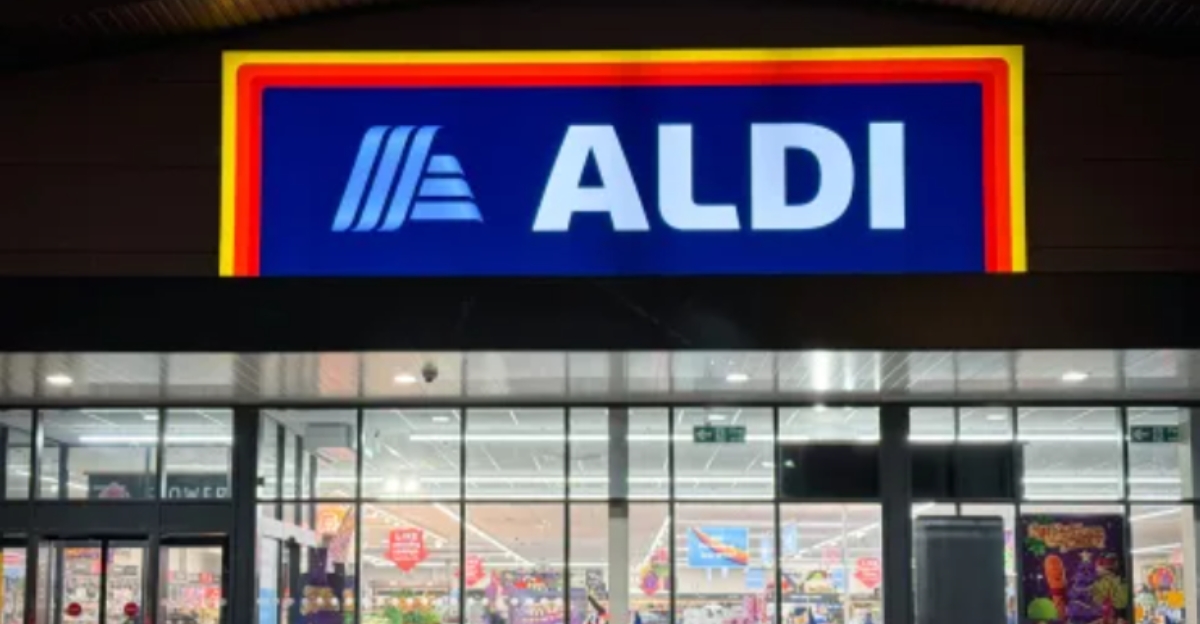
Aldi’s acquisition of Big Lots locations is more than a tale of bankruptcy, real estate opportunities, and cost-saving groceries. It’s a snapshot of American resilience—a willingness to reinvent, adapt, and find opportunity in adversity.
As the dust settles, one thing is clear: the future of retail belongs to those who can move fast, think lean, and deliver what shoppers truly value.
For Aldi, and for the communities which it now reaches, the next chapter is only beginning. Isn’t it thrilling?
Discover more trending stories and Follow us to keep inspiration flowing to your feed!

Craving more home and lifestyle inspiration? Hit Follow to keep the creativity flowing, and let us know your thoughts in the comments below!
